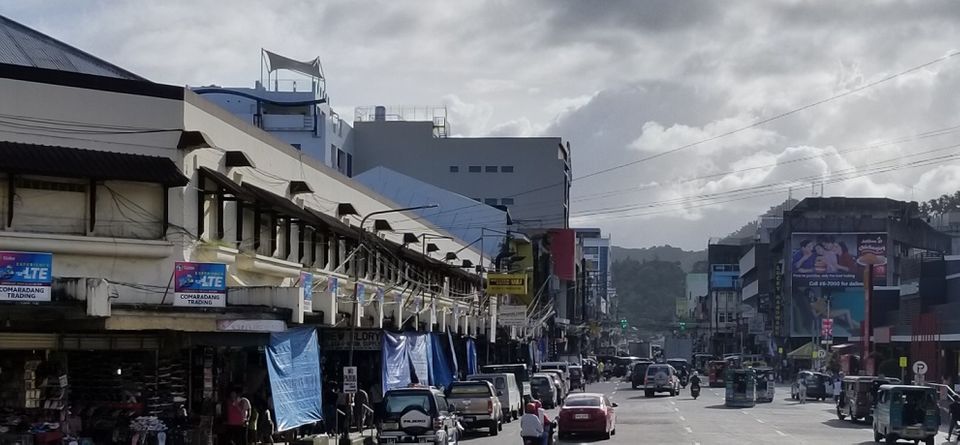Climate 4.0 & the developing world - part 1 (of 3 parts)

The mission of getting the world to reach Climate 4.0 status, in which the global economy has transformed itself from being primarily focused on consumption to exclusively focused on regeneration, follows a path awash in potholes and abounding in hurdles all along the journey.
By Roger Strukhoff
The first step is to understand that two-thirds of the world's nations have economies in which their people live below the world average. The world average itself is similar to Malaysia or Costa Rica, two nations in the second tier of economic development, what I call Edge countries.
As countries, organizations, and people address Climate Change and implement programs to progress toward Climate 4.0, they do so on a planet in which these two-thirds of the world's nations have a massive need to develop electricity-generating capacity.
So, the second step is to determine how to develop extensive new electrical energy capacity with renewable resources – that is, without backsliding into economies fueled by oil, natural gas, and coal.
Developing nations must get by on only 3% to 5% of the per-person electricity enjoyed by the developed world.
Although it's impossible to lift all of these nations to the developed-world level, we can ask how much it would cost to bring them up to a significantly more prosperous level, say 25% to 40% of the developed-world standard.
Putting an investment number on this critical step?
Our Tau Institute analysis suggests that an investment of between US$700B and $1.5T could be sufficient to bring most of the developing world up to between 25% and 40% of the developed-world standard.
About 25% of this amount would be required by India. Spread over, say, 10 years, this investment would be about 0.1% to 0.2% of the world's GDP during that period.
(Note: We have plenty of detail on how we derived this estimate, so please feel free to contact us if you're interested in discussing it.)
Of course, electricity grids are not built-out in a vacuum. Economic growth and subsequent demand for power must be present, and all developing nations face challenges in establishing and maintaining stable, fair-minded governments, avoiding and resolving local conflicts, participating in international agreements, and thus raising the standards of living for their people.
In my next post, I'll examine these challenges and discuss how we also measure the socioeconomic "temperature" of nations and how that thermometer reading impacts their progress.